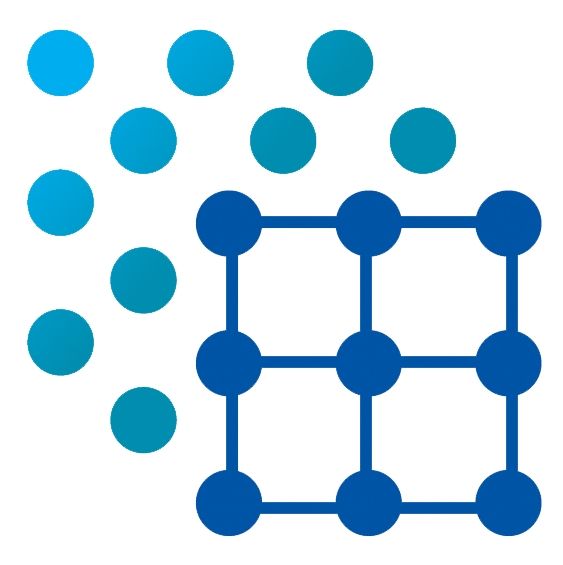There’s a simple and inverse relationship between the average atomic number of a given matrix and the efficiency with which it scatters X-rays. The effect isn’t all that much different from shining a flashlight on a white piece of paper. While it’s nothing like a mirror, you’ll definitely get light scattering off of it to some degree. This effect has strong effects on most XRD and XRF applications in that the additional photons must be dealt with somehow. This post addresses plastic sample holders and their effects on XRD data specifically.
Click on the scan images for full size versions:


Smaller anti-scatter and divergence slits work well as you can see in these scans, however, the intensity we lose throughout the remainder of the scan makes this an undesirable approach.

Automatic anti-scatter and divergence slits allow the irradiated area to be held constant throughout the scan which gives us the best of both worlds. These are not terribly common though and the data must be corrected as the intensities will vary dramatically from theoretical and historic data.
Perhaps the easiest way to deal with this effect is to simply change the sample holder material. While we make a large number of standard PMMA sample holders for Bruker XRD systems, the scatter from the plastic material is an undeniable problem. For that reason, we have also made Aluminum bodied holders for quite a while. Even steel holders are used, but usually not with Cu incident x-rays as Fe fluoresces strongly under Cu excitation.
While this works for most users, those using a FlipStick autosampler are in a difficult position. Due to the way this autosampler positions and rotates the sample holder during data collection, the only viable options for the body have been PMMA plastic or steel. Both of which handle the pressure well, but between the scatter off the plastic and the Fe fluorescence from the steel, we’re left without an ideal solution.
We make some very large zero background sample holders which are really the perfect solution in that there is near zero scatter or any effect from the sample holder itself. It’s like the sample material is floating in space. These are incredibly powerful, but not inexpensive so their use is usually limited to cases where they are required.

Recently, we decided to try an experiment with an outer edge of PMMA plastic surrounding an inner body and sample well made of Aluminum. Al will still scatter a bit, but it’s much better than plastic. We’re hopeful that this will be a useful solution for many XRD users who struggle with scatter in the 5-13 degree 2Theta range. Contact us if you’re interested in a solution like this.


